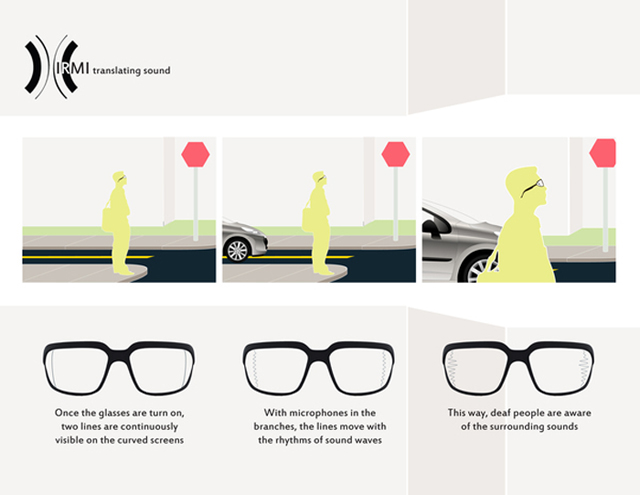New York Time's Bits recently conducted an interview with Steve Mann, one of the great pioneers in wearable tech, who talked about "mediated reality" and where he thinks wearable tech is heading. "Steve Mann is considered by many to be the world’s first cyborg. He has been using wearable computers that assist his vision since the 1970s. Now he wears a display screen over his right eye and is connected to a computer and the Internet. In this edited interview, he discusses 'mediated reality'; the coming wearable-computing wars among Apple, Google and RIM; and the brain-computer interface. Are you the first cyborg? Yes. If you look through the history of wearables, I was named the father of wearable computing, or the world’s first cyborg. But the definition of wearable computing can be kind of fuzzy itself. Thousands of years ago, in China, people would wear an abacus around their neck — that, in one sense, was a wearable computer.
Will we all be cyborgs soon? It’s kind of obvious that everyone is moving along that trajectory. What I envisioned back in the 1970s was this thing you would wear as “glass” over your right eye, and you could see the world though that glass. The glass then reconfigures the things you see.
Unlike smartphones, where we have to look at our devices, will wearables look at us? There’s research showing that glass looks at people, but now wearable computers are people looking at. You just end there, at “at.” That’s what makes it so deliciously wonderful."
